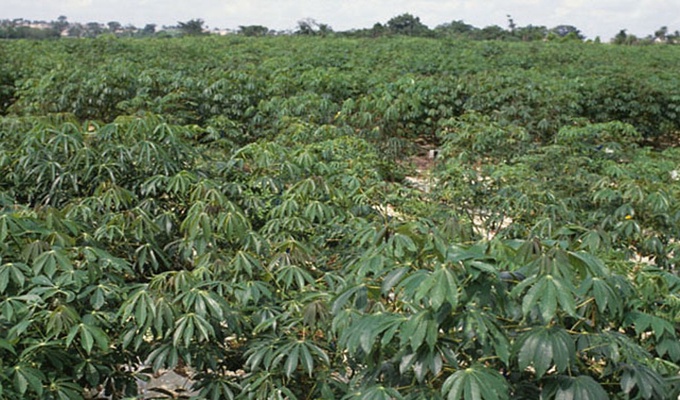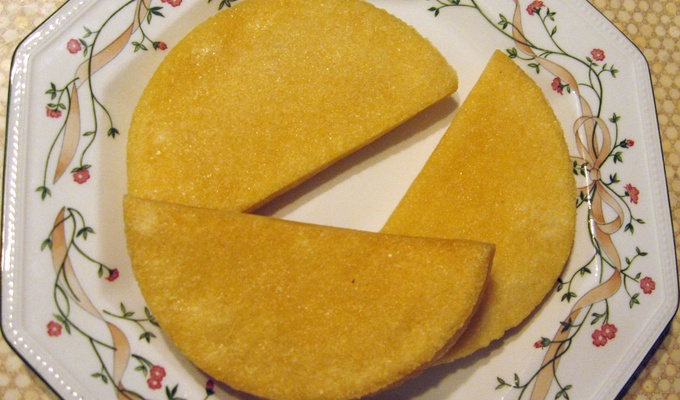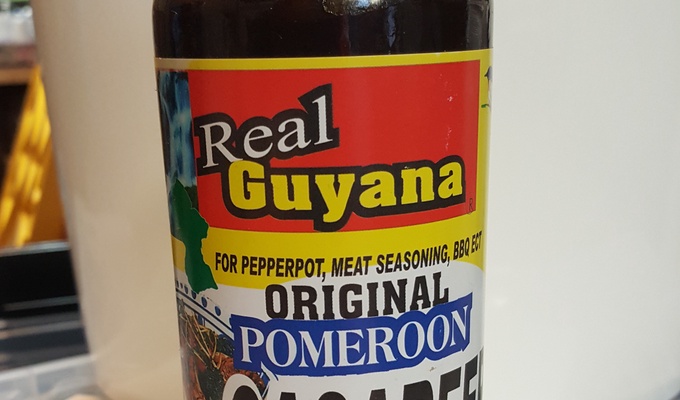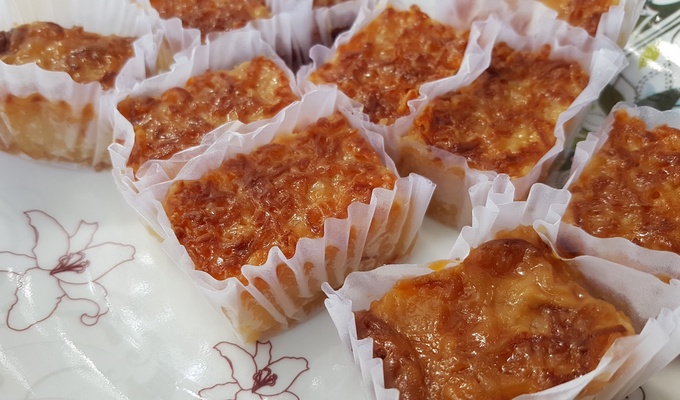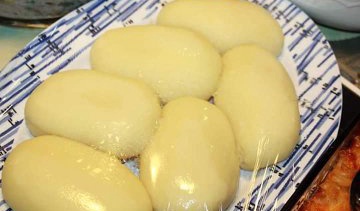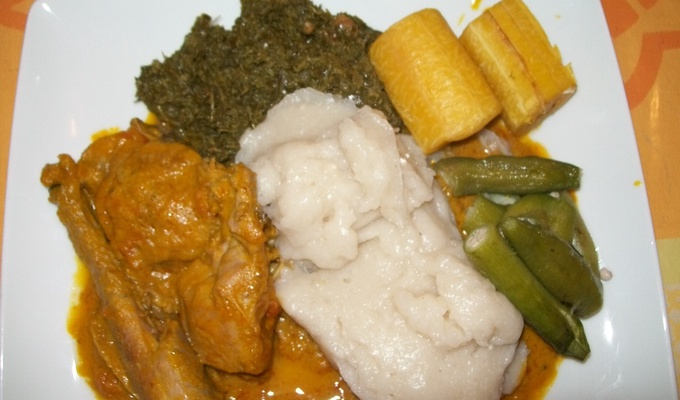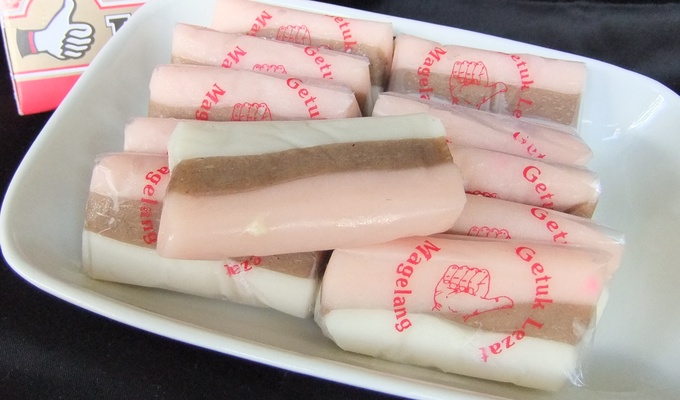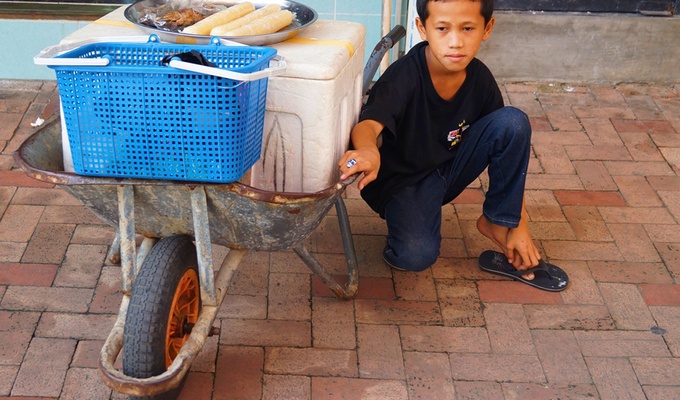Cassava (Manihot esculenta) is a shrub native to South America, cultivated primarily for its enlarged, starchy tuberous roots. The plant is a major staple food in the tropics and subtropics, particularly in Africa, South America, and parts of Asia. Cassava tubers are typically harvested 6 to 19 months after planting and can weigh up to several kilograms each. The raw root contains significant amounts of carbohydrates, especially in the form of starch, but also contains cyanogenic glycosides, which necessitate proper processing to remove these toxic compounds prior to consumption.
Cassava is processed in various ways to render it safe and palatable. Common preparations include boiling, frying, and drying the tubers. Forms of processed cassava include gari, fufu, and farinha, among others, which are staple ingredients in West African and Brazilian cuisines. In addition to direct consumption, cassava serves as the primary source of tapioca, a refined starch extracted by washing and pulping the roots, then drying the resulting starch into pearls or powder. Tapioca is widely used as a thickener, baking ingredient, and in the preparation of desserts and beverages, notably bubble tea.
It is important to distinguish cassava (also known as manioc or yuca) from the ornamental plant yucca, as they are botanically unrelated.
